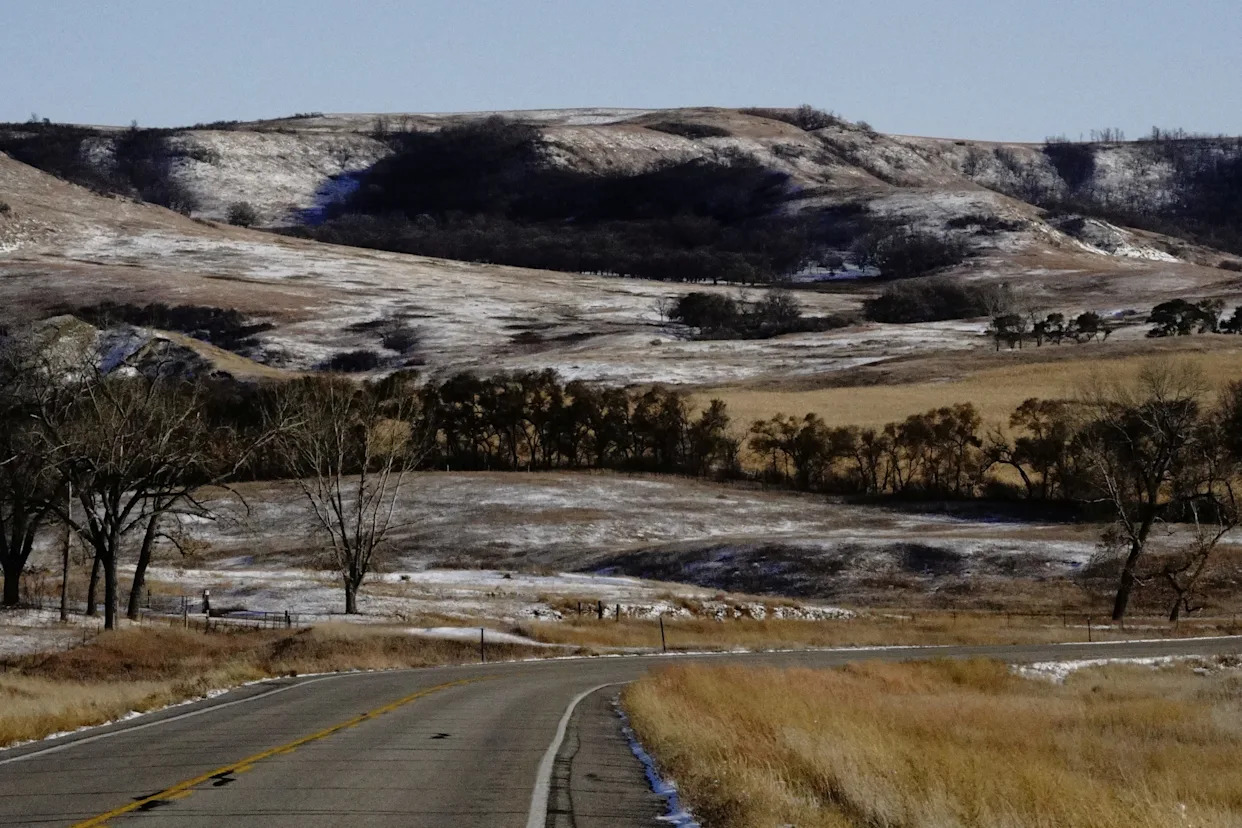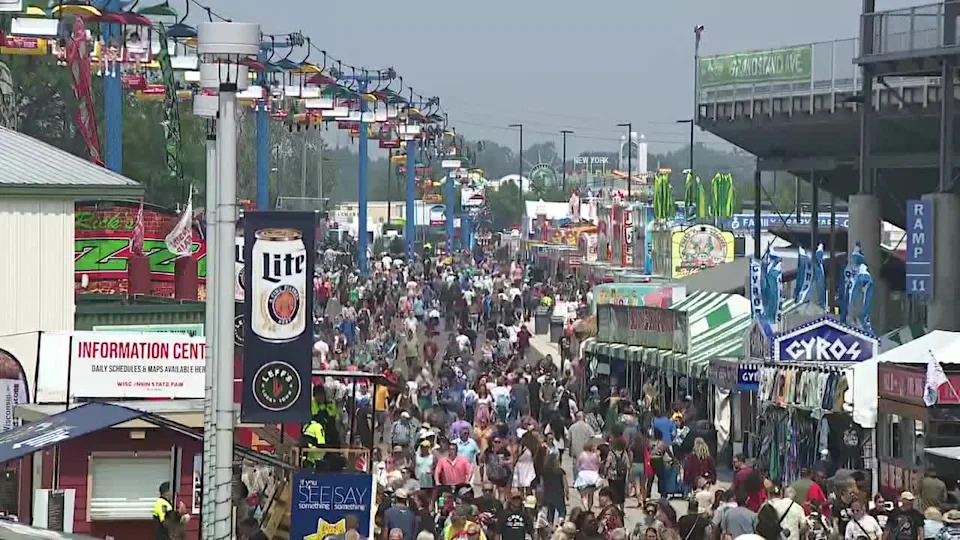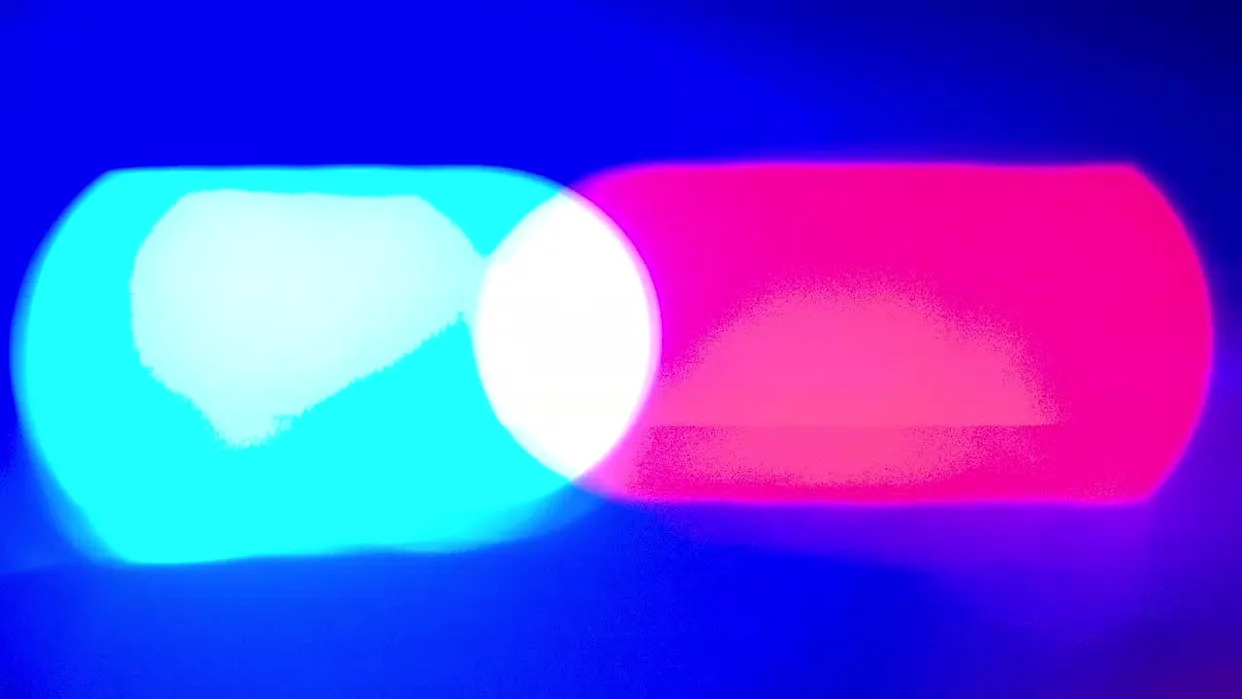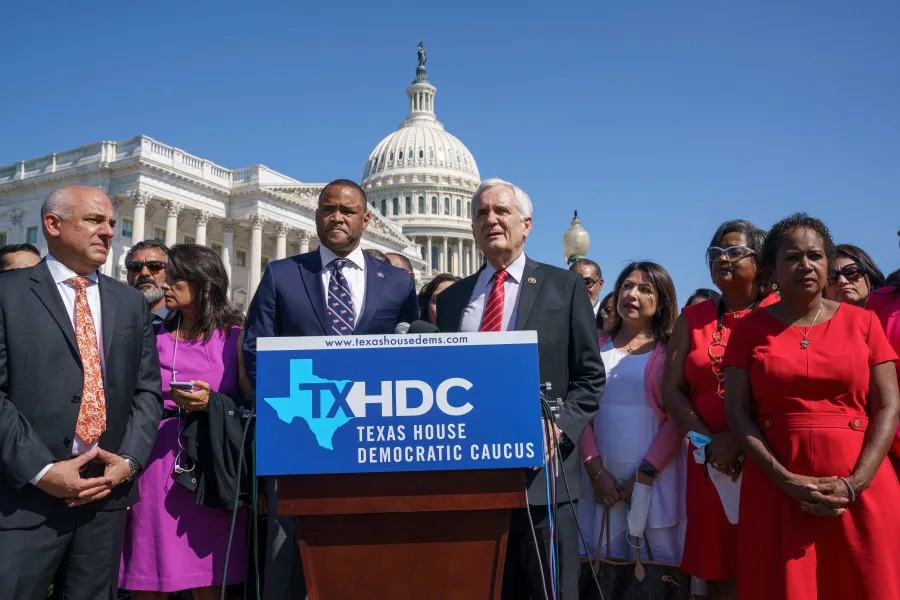
North Dakota is about to raise the speed limit on its interstate highways to 80 mph – but be careful, the fines for speeding are about to go up, too.
In early May, Gov. Kelly Armstrong signed legislation raising the speed limit on the state's interstate highways from 75 mph to 80 mph. The law takes effect Aug. 1.
The speed limit won't be increasing everywhere, though – and in some places, it will go down. The speed limit will be lowered to 70 mph around Dickinson, Grand Forks, Jamestown, Medora and Valley City, according to David Finley, a spokesperson for the North Dakota Department of Transportation.
The old speed limit signs won't be changed overnight either. That process is expected to begin Aug. 4 and take about two weeks, with about 290 signs to be changed, Finley said. The estimated cost to update the signs is $427,000.
Here's what drivers should know as the changes take effect.
How will the fines for speeding change in North Dakota?
The fine for speeding on highways with a speed limit of 65 mph or more will be $20 or $5 for each mile per hour over the limit, whichever is greater. An additional $20 fee would be added for drivers going 16 mph or more over the speed limit.
On other roads, it will be $20 or $3 for each mile per hour over the limit, whichever is greater.
What are the speed limits in nearby states?
South Dakota and Montana already have 80 mph speed limits on interstate highways, while Minnesota has a 70 mph limit on rural interstate highways.
In total, eight states already have 80 mph speed limits: Idaho, Montana, Nevada, Oklahoma, South Dakota, Texas, Utah and Wyoming.
Was there any opposition to the speed limit change?
Catherine Chase, president of Advocates for Highway and Auto Safety, wrote a letter to state lawmakers opposing the change, arguing that excess speed adds to the "frequency and severity of motor vehicle crashes," especially for motorcycle riders, construction workers and first responders.
"Research and statistics consistently and convincingly show speeding is a major safety problem and raising speed limits increases traffic fatalities," Chase wrote. "Even seemingly modest speed limit changes can have huge impacts on overall traffic safety."
State Rep. Ben Koppelman, a Republican from West Fargo who introduced the legislation, wrote in his testimony that cities along the interstate will be able to work with the state transportation officials to control speeds in those areas.
He argued that studies show that as speed limits go up, drivers don't necessarily increase their speed by the same amount.
"The bottom line is people drive the speed that they feel safe and comfortable at, not the speed limit," he wrote.
How many speed-related crashes are reported in North Dakota every year?
Speed or aggressive driving was a factor in about one-third of the 96 fatal crashes in the state in 2023, according to a report by the North Dakota Department of Transportation.
There were another 1,427 injuries reported in crashes involving speed or aggressive driving, the report says.
This article originally appeared on Sioux Falls Argus Leader: North Dakota interstate speed limit change: Here's what to know





Comments